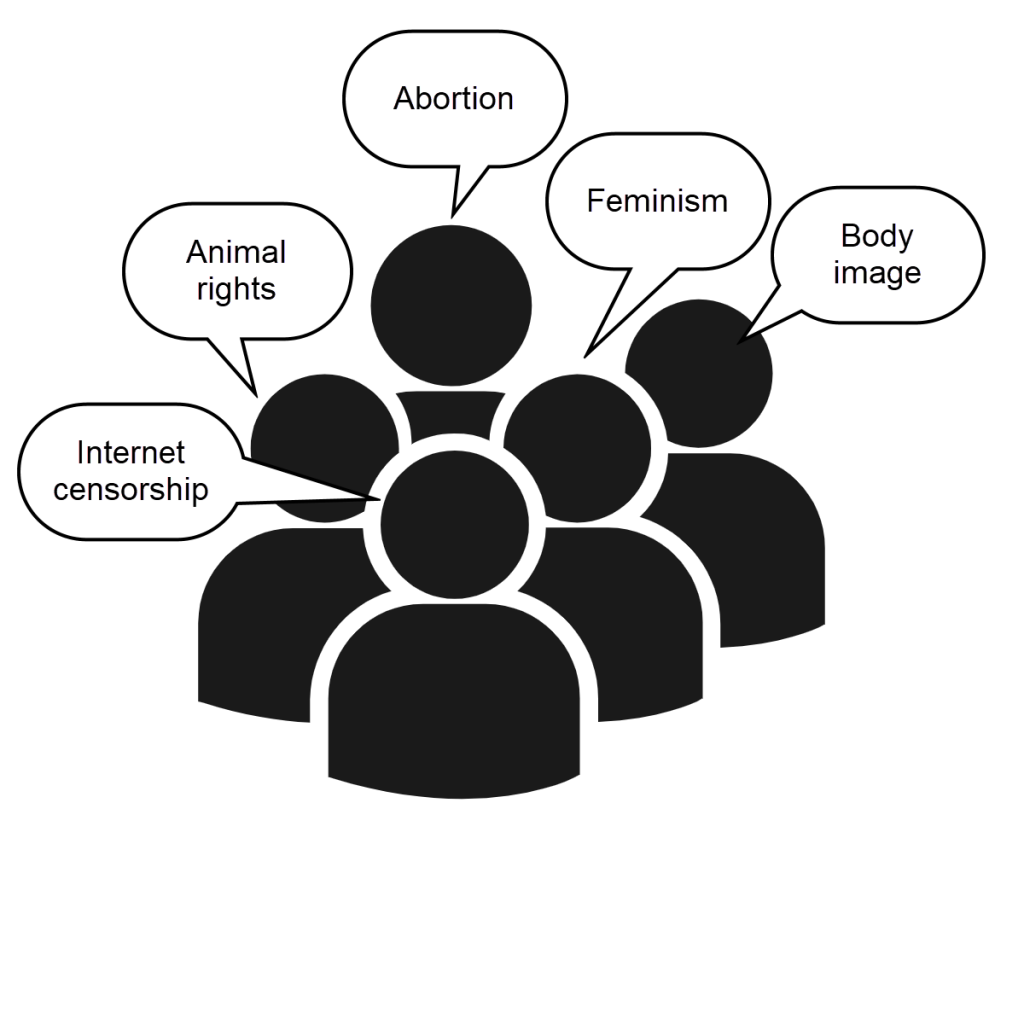Students learn much more when they teach each other than when the teacher does all of the teaching (Hattie, 2009). Students teaching each other is called reciprocal teaching, and it has the second biggest effect on student achievement of all the classroom processes, accelerating learning by 37%—almost as big as formative evaluation.
Reciprocal teaching involves asking students to predict difficulties, ask questions, summarize, and clarify readings in their textbooks for other students in their group. By teaching others, the reciprocal teacher has to think carefully about what is important and what will seem difficult for the other students to learn. Looking good and avoiding looking bad can motivate students to do a good job.
Why is it so effective?
Everybody wants to look good in front of peers and avoid looking bad. That’s why reciprocal teaching works so well. It is not because students are better teachers than trained professionals. Rather, students who have been given the task to teach their classmates will make extra efforts to master the material they are required to teach because they want to earn the esteem of their classmates and avoid the opprobrium that comes with looking unprepared. In this way, the reciprocal teacher is likely to learn the material more completely than he or she would otherwise. In other words, reciprocal teaching promotes mastery goals rather than performance goals.
The reciprocal teacher benefits, and the other students in the group do as well as or better on reading quizzes than they would if their classroom teacher taught the lesson. Students of the reciprocal teacher might even be more inclined to participate and ask questions when learning from peers. It stands to reason that it is much easier to ask a question to a classmate in a small group than it is to ask a teacher in from of a class of 30 or more classmates.
Select a topic
There are multiple topics to chose from. Each member of a group of five students should choose a topic. They are all equally easy and interesting. Make sure each student in the group chooses a different topic.

Each of the topics below are linked to a reading and a card game.
- Internet censorship
- Animal rights
- Abortion
- Feminism
- Body image
Want more card games and board games for the classroom?
Teaching a lesson
When it is your turn, teach your lesson to your students. Play the card game, summarize the article, and share resources. Remember that your goal is the success of your students. By the end of the lesson, they must have mastered the vocabulary, be able to pass the reading test, and be able to write an essay on your topic. Ask them to evaluate your lesson at the end.
If it is your turn to lead a group discussion, follow these steps.
Step 1: play the vocabulary card game
Each reading comes with a glossary and a card game. Make sure that you have cut up the cards beforehand. Shuffle the deck. Pick up a card and read a definition. Give a point to the first member of your group to answer with the term correctly. Keep track of the points. If nobody can guess correctly, tell everybody the answer and return the card to the deck. Once all the cards have been played, announce the winner.

Step 2: review the reading and lead a discussion by asking 4 clear questions
Make sure that you have read the text you intend to teach before your begin. Outline the key points and any vocabulary or expressions you think you group might have difficulty with. Pay special attention to the controversy, identifying arguments for and against. Invite the others to give their opinions and ideas by asking 4 open ended questions. The questions should aim to get the other group members to discuss, for example, the background to the controversy, the arguments for and against, and the future of the controversy.

Step 3: share sources
Make sure you have found at least two English language websites that would make useful sources while writing an argument essay. Identify the key points and how you think they could be used in constructing an argument essay with supporting arguments and counterarguments. End your lesson by asking your students to write a draft of an essay and bring it next week to share.

After the lesson
Self-assess: Reflect on your performance. What did you do well? What could you have done better? Report your self-assessment to your teacher.

CEGEP ESL courses with reciprocal teaching
If you teach college ESL in Quebec, you may want to try one of these textbooks and online companion Moodle courses. One attractive feature of the Actively Engaged Series is that it includes reciprocal teaching lessons to accelerate learning. Getting students to teach each other is a gamechanger, allowing teachers to become the guide on the side instead of a sage on a stage. Find out more here.










Reference
Hattie, J. A. C. (2009). Visible learning: A synthesis of over 800 meta-analyses relating to achievement. London, UK: Routledge.

